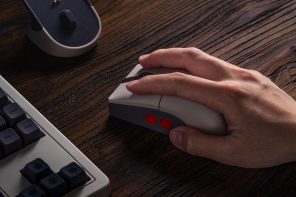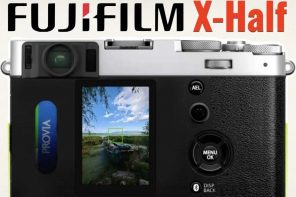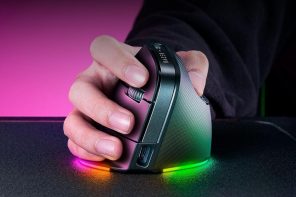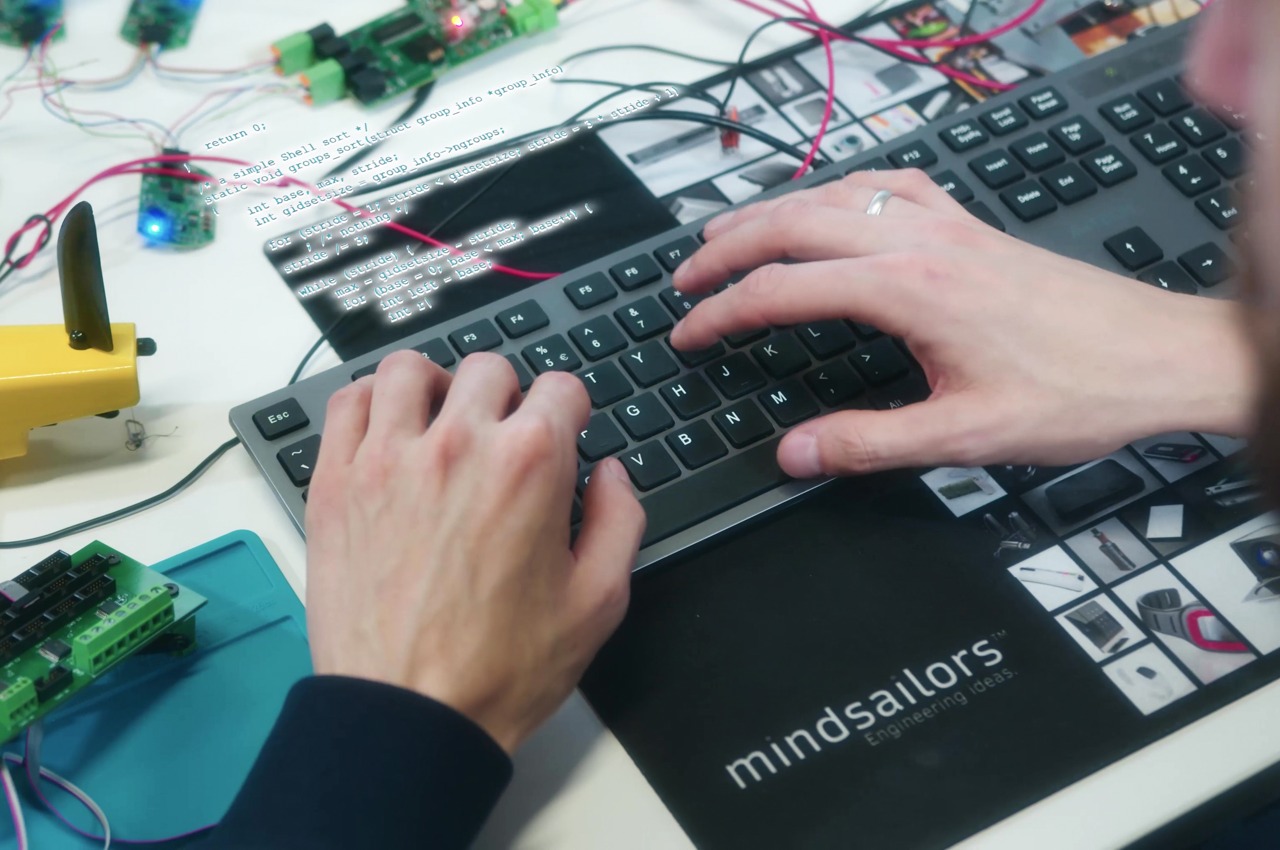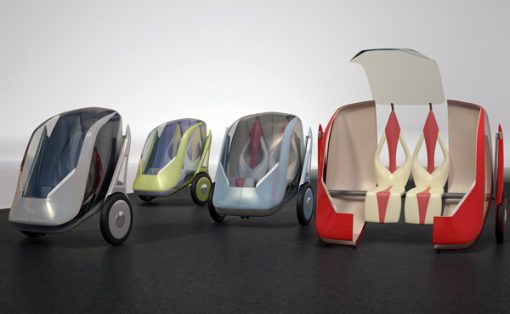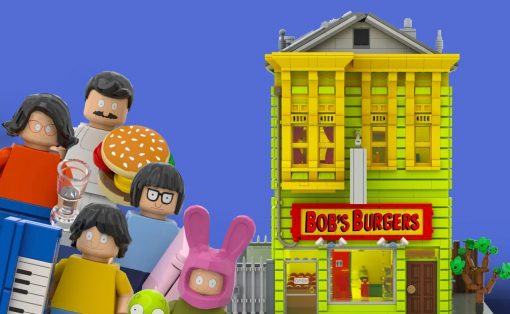When you say the words design process, the common misconception is that it’s a formulaic approach that leads to results… However, the design ‘process’ (which I believe isn’t the right word, to begin with) is a shapeshifting methodical approach that requires understanding a problem and time to develop a solution. For example – shaping a new design for a small, consumer electronic device takes a minimum of 6 months because, unlike writing code for a mobile app, where changes are done quickly (usually within a few days), in a physical product development world, design iterations can take weeks or months.
Click Here to Know More About Mindsailors.
While working on a project, designers progress from the more creatively fluid phase of visual design, to much more challenging and intensive phases as the concepts are detailed, reviewed, and built out. Developing the mechanical design of a new product consists of multiple tests using a variety of prototypes, a surplus of engineering to ensure robustness and usability, and keeping an eye on manufacturing technology demands. Additionally, the dynamic of the whole process is strongly influenced by the Client’s decision-making skills… although it helps if the design studio has a wealth of experience, and the multidisciplinary ability to progress rapidly from one stage to the next.
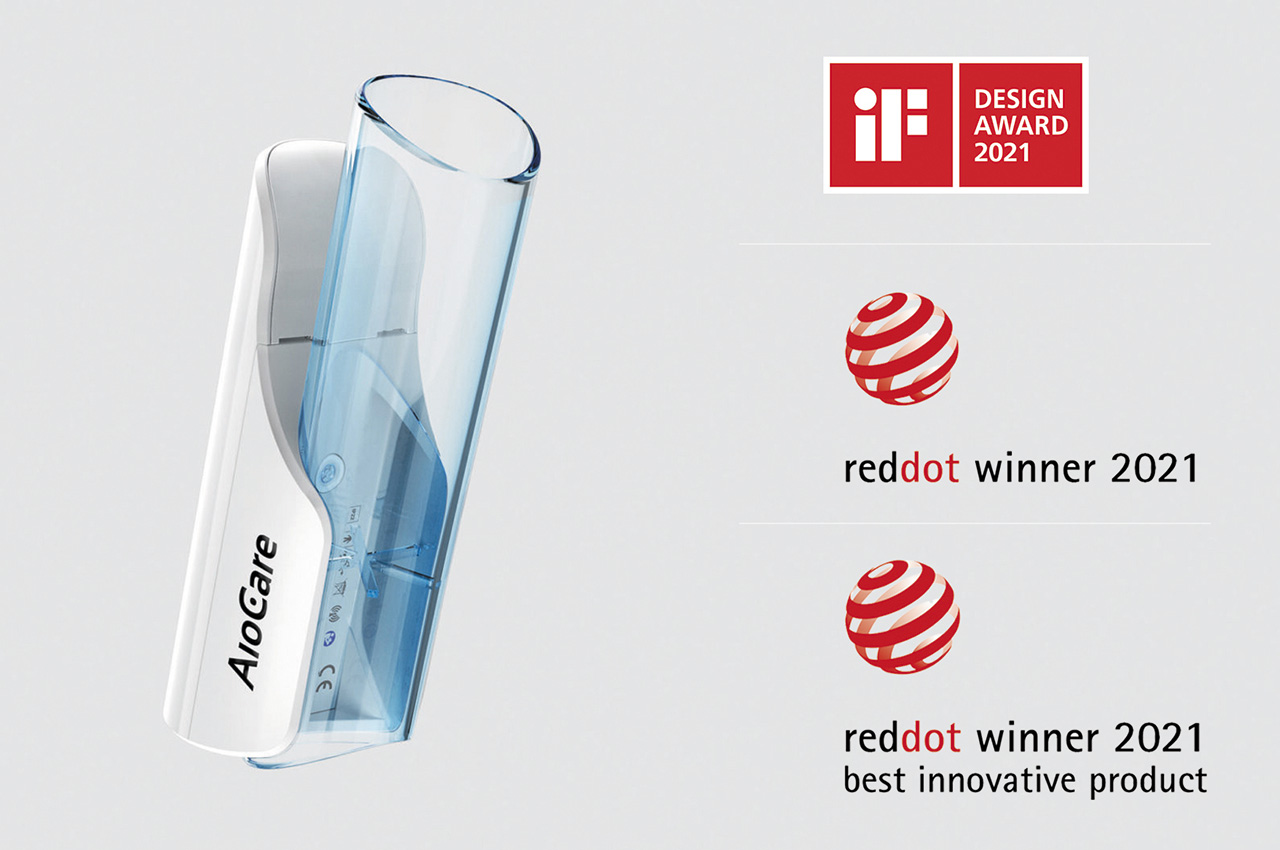
An in-home spirometer that allows you to track your results, and help eliminate severe hospitalizations due to acute and chronic exacerbations.
A multidisciplinary design studio based out of Poznan in Poland, Mindsailors contains every branch of the design and development process in-house, ensuring that ideas travel fast and designs are communicated between departments efficiently, from concepts to modeling, prototyping, electronic hardware integration, and even branding. This integrated approach has helped the Mindsailors make its impact too, with 15 years of experience, 4 iF Design Awards, and clients across various fields ranging from appliance and technology to even medical design and transportation design.
The video above does an incredibly standout job of explaining Mindsailors’ process and capabilities in a single sitting. All their projects begin first with research, scenario-building, and crafting the right design brief. It’s only then that the team gets to work ideating, sketching, refining, and detailing out concepts.
1. The teams start with a pre-design process to determine the scope of cooperation and project requirements. This helps create a comprehensible project brief that will serve as a blueprint for the designers/engineers in later stages, and will also help Mindsailors walk the client through the next steps so that they get a more detailed view on how the project will unfold and help achieve the client’s needs.
2. This is followed by a preliminary round of conceptual study that explores forms, palettes, technologies, and potential challenges. First, the teams collectively detail out 3 concepts that fit the brief, for clients/customers to examine before they present their thoughts.
3. Once a concept’s been approved, Mindsailors enters its second targeted conceptual study, during which they begin applying finishing touches, developing and testing PCB designs (if needed), and transferring the chosen concept’s ownership rights.
4. Conceptual studies are followed by the Mechanical Design phase, which requires deep-diving into the concept and building it from the inside out. The studio’s design & embedded teams begin creating a mechanically correct model in virtual space, along with electronics & firmware. This is followed by either creating the first prototype, or finding the right partners to help do it. The Mindsailors team helps with consulting, research, and finalizing materials + a datasheet required to create the first proper real-world prototype of the design.
5. Once a fully specced model is ready after defining/finalizing materials & creating a datasheet, the studio proceeds with its DFM (Design for Manufacturing) phase, where Mindsailors helps clients select manufacturing partners and technologies, and presents the clients with the BOM (Bill of Materials) that completely details the design down to its smallest components and processes. This BOM helps clients easily calculate costs and transition from a detailed product on paper to a mass-produced good in reality.
6. The next step is an actual production test-run of the design, with Mindsailors tapping into its nearly two decades worth of experience to help manufacture the first production batch. Mindsailors provides consultation with manufacturers/subcontractors, overlooks the production process, and depending on the nature of the product, sends the client a semi-finished or fully-finished first batch for them to analyze and review. This stage progresses differently depending on the project, but Mindsailors helps ensure that what was initially an idea or concept, or even a napkin sketch, gets carried forward into the real world as a well-conceived and well-designed product.
At the start of the pandemic, the team was approached by Acuva Technologies to develop a handheld UV disinfection device. The resulting Acuva Solarix is the most powerful disinfection device available on the market, and it fits into most pockets. The device comes with a folding shape that opens up into a wand, letting you wave it over surfaces that need disinfecting, and the UV lights do the job of neutralizing any microorganisms by dismantling their DNA. The team’s biggest constraint was time; practically racing against the clock as an invisible virus ravaged the country, Mindsailors helped put together the Solarix in record time, relying on their in-studio ability to take a rough concept and turn it into a mechanical design ready for prototyping and mass-manufacturing.
The award-winning studio also gives us a look into their process for designing the POTZ Genesis Watch Winder, for EU-based premium watch-accessory company, POTZ. In the video above, Design and Business Lead Tomasz Weber takes us through the journey behind designing the Genesis, and why it’s much more than just a simple rotating surface you put your watch on. The creative end of the design process saw the creation of 5 different concepts, post which the clients arrived at the slick black-box-inspired winder with its sophisticated yet mysterious design. However, the mechanical aspects of the watch winder proved to be much more challenging than expected, with details like hinges, holders, lights, motors, and the overall chassis requiring multiple tweaks and rounds of iteration. “Every part of the product had to be prototyped and tested”, Tomasz mentioned, highlighting that the studio’s in-house technical abilities allowed the entire process to move incredibly fast, eliminating unnecessary delays and allowing even the client to get a first-hand experience of the product right before the design handover.
It isn’t entirely common for designers or studios to be so forthcoming with their behind-the-scenes process, but Mindsailors believes this transparency helps clients understand and trust the process better. The 4-time iF Design Award-winning studio has worked with clients across fields ranging from appliance and technology to even medical design and transportation design, helping build the studio’s repertoire to handle a wide range of projects, with most of the design process occurring internally at their well-equipped studio. With 15 years of experience, the design and engineering studio has seen as many as 160 projects till their execution. You can check out more of their work by visiting their website below.
Click Here to Know More About Mindsailors.

